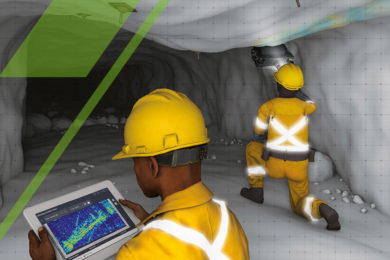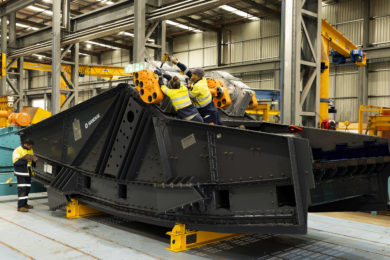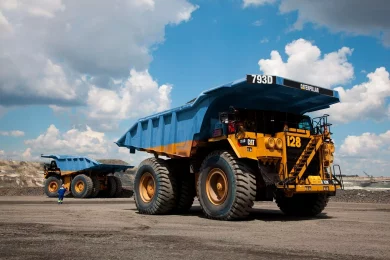The Mandela Mining Precinct, the Minerals Council South Africa, and champion mines Sibanye-Stillwater and Impala Platinum, have congratulated Reutech Mining as the winner of the Rock Hazard Identification and Safe Removal Innovation Challenge.
At the beginning of 2022, the Minerals Council South Africa and the Mandela Mining Precinct, in collaboration with Sibanye-Stillwater and Impala Platinum, set out to identify novel solutions in rock hazard identification and safe rock removal for further development, testing and piloting with the aforementioned partners’ mines with a focus on the reduction in falls of ground and improved worker safety.
A call for proposals in the Rock Hazard Identification category resulted in the submission of solutions featuring ground-penetrating radar technology, thermal and acoustic imaging, LiDAR-compatible drones and mmWave SAR imaging for real-time rock mass quality inspection, among others.
In November 2022, a panel of judges representing the Mandela Mining Precinct, Minerals Council South Africa, Sibanye-Stillwater and Impala Platinum shortlisted the top seven submissions by contestants. In December 2022, the shortlisted submissions underwent a final round of judging at a virtual “pitching den” event.
This culminated in the announcement of South African engineering company, Reutech Mining, as the challenge winner, with the CSIR Advanced Internet of Things Group, TCS Research and Flyability being named runners up. Other finalists in the challenge were Stratafy, Ramjack Technology Solutions and RockMass Technologies.
The Rock Hazard Identification and Safe Removal Innovation Challenge was undertaken as part of the Fall of Ground Action Plan (FOGAP), a programme developed and approved by the Minerals Council’s CEO Zero Harm Forum, in conjunction with the Mandela Mining Precinct’s Advanced Orebody Knowledge (AOK) programme. The FOGAP’s objective is to eliminate fall-of-ground fatalities, which have historically been cited as one of the leading causes of worker fatalities within the mining industry, while the AOK programme seeks to improve geological confidence at and beyond the rockface.
“We are incredibly encouraged by the significant reduction of fatalities due to Falls of Ground this year, and hope this is a great step toward reaching zero fatalities – but the work is not done,” said Lerato Tsele, Senior Policy Analyst for Safety and Sustainability at the Minerals Council.
Johan le Roux, Mandela Mining Precinct Director, said innovation has been shown to directly enhance performance in the environmental, social and governance (ESG) space – the clearest evidence of this being improvements in health and safety and the significant progress made to date towards “zero-harm” for the workforce.
Both Tsele and le Roux expressed hope that the collective effort between the Mandela Mining Precinct and the Minerals Council will uncover a fit-for-purpose solution that will provide tangible results of lives saved and a more efficient, productive workflow.










